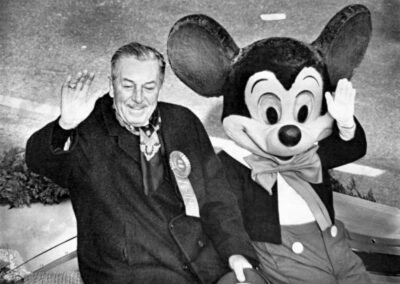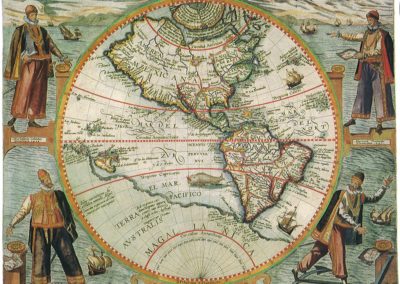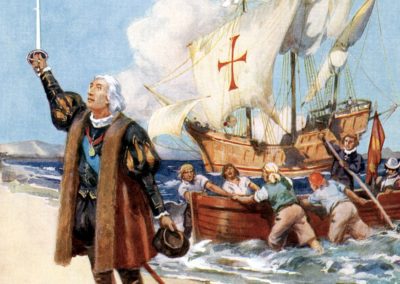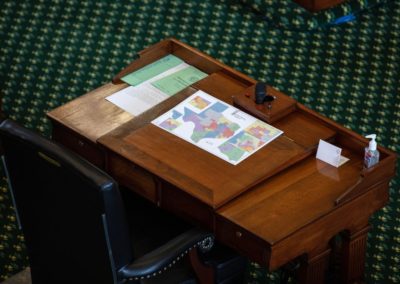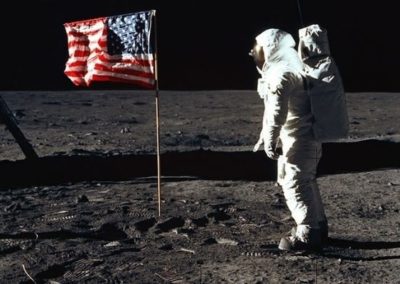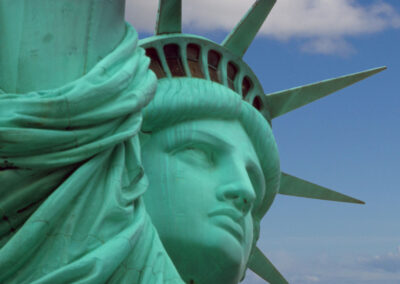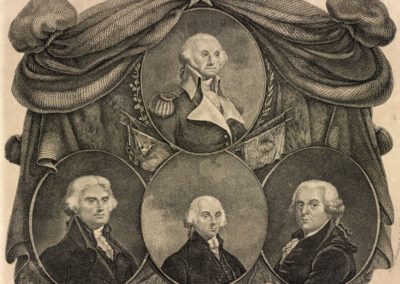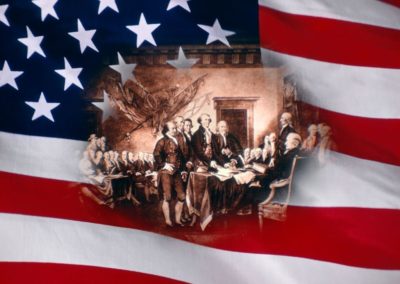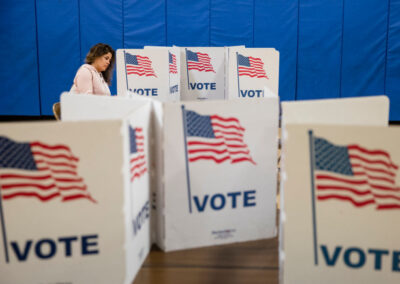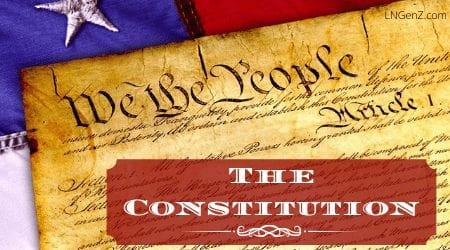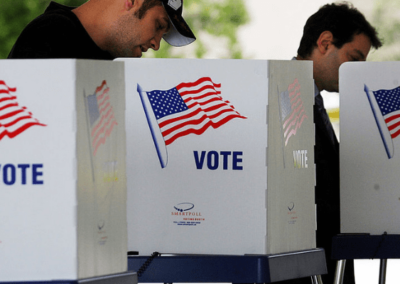Short History of the US Military: The Revolutionary War
Some things about the US War of Independence you may not know.
By: Dave Patterson | August 4, 2025 | 900 Words
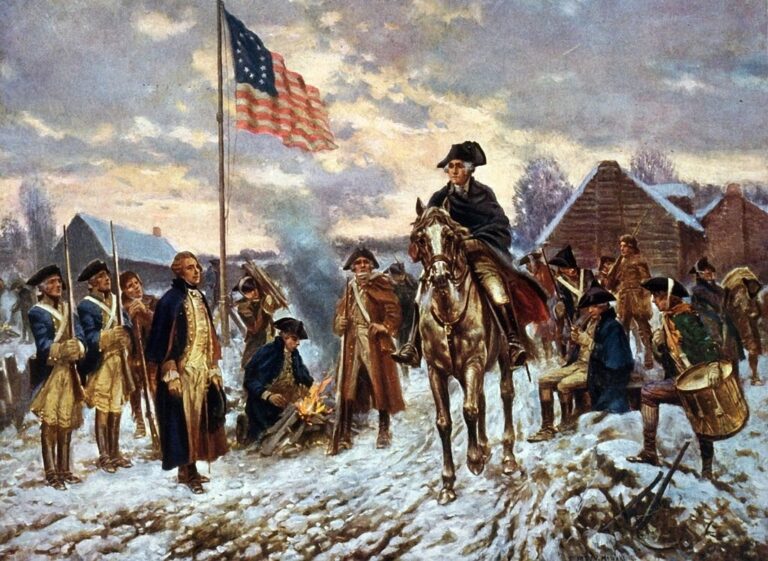
(Photo by: Photo12/Universal Images Group via Getty Images)
America’s Revolutionary War for independence from Great Britain was fomented by English colonists, many of whom had braved the perilous sea travels from England, who were unhappy being subjugated to the power of an empire. The grievances were “taxation without representation” to fund the British Empire’s debts, the unwanted forced quartering of British troops in private homes, and unwarranted searches of colonial houses and seizure of property. Hostilities broke out at the battles of Lexington and Concord on April 19, 1775.
Aspects of the Revolutionary War You May Not Know
As a continuation of Liberty Nation GenZ: News for Kids history of the US military, this article will examine little-known aspects of the War of Independence that may surprise you. Seventeen decades before there was a Central Intelligence Agency, there was a secret information-gathering operation. Realizing that the Continental Army needed accurate intelligence on the British Army’s movements and plans, Gen. George Washington in 1778 “[a]ppointed Major Benjamin Tallmadge as director of military intelligence, charged with creating a spy ring in New York City, the site of British headquarters,” according to the online history source George Washington’s Mount Vernon. The network was named the Culper Spy Ring, and it was a great success.
Tallmadge established a unique number substitution system for identifying agents and informants. He used numbers from 1 to 760. Number 711 was assigned to Washington, New York was 727, England was 745, and so forth. Anonymity was the key to its success. It was said that even Gen. Washington was unaware of the spies’ true identities. During the time the Culper network was operating, not one of Tallmadge’s operatives was revealed. The chief agent was Abraham Woodhull, but it was Robert Townsend who proved to be one of the more significant informants. Townsend operated as a British loyalist coffee shop proprietor and businessman who also worked as a local society journalist. As a journalist, the undercover spy learned important information about British troop movements and operational planning.
The key to the Culper Spy Ring’s success was an intricate method for conveying information. As George Washington’s Mount Vernon explained the process:
“All information sent to Washington had to be transported through British-held territory. Austin Roe rode from Setauket, Long Island, to New York City, where he entered Townsend’s establishment. There, Roe placed an order from Tallmadge, who signed under his code name John Bolton. Contained in this message were prearranged code words from Washington to Tallmadge, to which Tallmadge responded in code.”
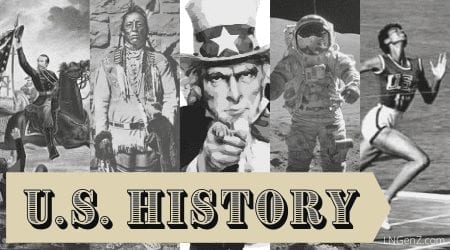 The transmission of messages was made even more hazardous with the presence of British Tory sympathizers along the route, who were to be avoided at all costs. Through a system of prearranged signals, when information was ready, a message was conveyed on where to discreetly pick it up, thereby avoiding detection. The Culper Spy Ring played a pivotal role in the American Revolution. For example, on one occasion, the spies learned that the British were going to launch an action in Rhode Island. The information enabled Washington to position his army to thwart the attack. Consequently, the British canceled the assault. The Culper Spy Ring was the first such organized and structured intelligence group. Additionally, its participants established rudimentary spycraft, including dead drops and coded messages, which are still used today.
The transmission of messages was made even more hazardous with the presence of British Tory sympathizers along the route, who were to be avoided at all costs. Through a system of prearranged signals, when information was ready, a message was conveyed on where to discreetly pick it up, thereby avoiding detection. The Culper Spy Ring played a pivotal role in the American Revolution. For example, on one occasion, the spies learned that the British were going to launch an action in Rhode Island. The information enabled Washington to position his army to thwart the attack. Consequently, the British canceled the assault. The Culper Spy Ring was the first such organized and structured intelligence group. Additionally, its participants established rudimentary spycraft, including dead drops and coded messages, which are still used today.
What the Colonists Started Spread Worldwide
Few at the time of the Revolutionary War could have known the impact of what a relatively small band of American patriots would achieve in seeking independence from a tyrannical and oppressive colonialist empire. Furthermore, historians today frequently fail to acknowledge the significant consequences for the rest of the world resulting from the ragtag militia that took on the most powerful country in the world at the time. All too often, the War of Independence is viewed as a North American conflict; however, a closer look reveals that the Revolutionary War was, in fact, a global event. German Hessians fought alongside the British, while French forces fought in support of the Americans. When France joined the struggling 13 Colonies, the fighting spread to the Caribbean, the Siege of Gibraltar in 1779, and even as far away as India, where the British were in conflict with the French. All of these engagements stretched the British forces thin and sapped vital resources from the war in the colonies, indirectly aiding the Continental Army.
On a geopolitical level, the Revolutionary War had a lasting impact on the spread of democratic values. “In France, for example, the Revolution of 1789 was heavily influenced by American ideas, and the French Declaration of the Rights of Man and Citizen drew heavily on the American Declaration of Independence,” American History.net explained. Furthermore, “The American Revolution was a watershed moment in world history, marking the beginning of a new era of democracy, individual freedom, and national sovereignty.” America, though not perfect, has stood as a beacon of hope for other fledgling societies “yearning to be free.” It started with the Revolutionary War.

- Among the grievances of the American colonists were “taxation without representation” to fund the British Empire’s debts and the unwanted forced quartering of British troops in private homes.
- When the Continental Army needed intelligence on the British Army’s movements and plans, Gen. George Washington in 1778 created an espionage organization called the Culper Spy Ring, which achieved great success.
- Its participants established rudimentary spycraft, including dead drops and coded messages, which are still used today.


